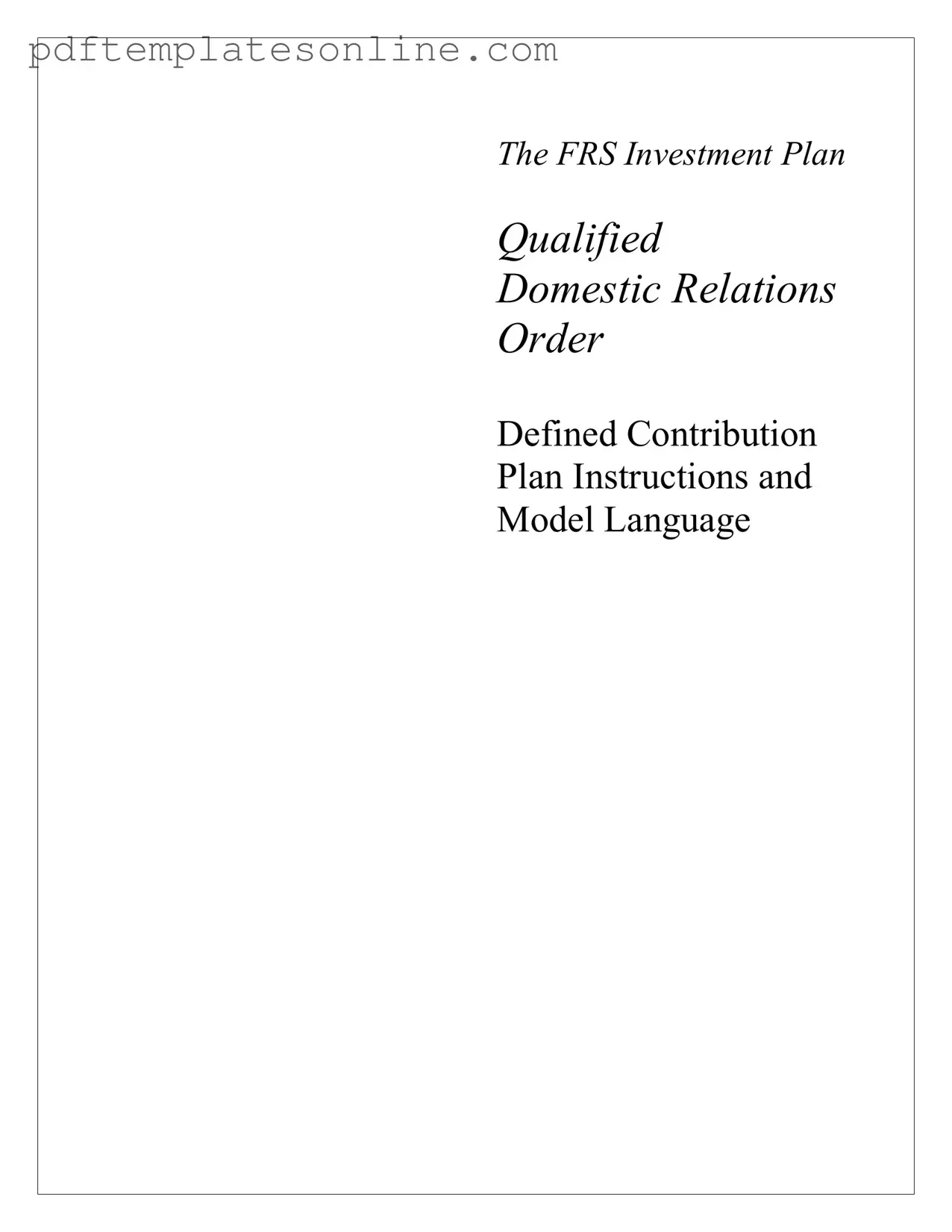1. A QDRO is only for divorce cases. Many people believe that a Qualified Domestic Relations Order (QDRO) is only applicable in divorce situations. However, it can also be used in cases of legal separation or domestic partnerships.
2. QDROs are automatically approved by retirement plans. Some individuals think that once they submit a QDRO, it will be automatically approved. In reality, the order must meet specific criteria set by the retirement plan, and approval is not guaranteed.
3. You can use any format for a QDRO. It is a common misconception that any document labeled as a QDRO will suffice. The order must adhere to specific model language and guidelines provided by the retirement plan to be considered valid.
4. The QDRO process is quick and easy. Many assume that completing a QDRO is a straightforward task. In truth, it often requires careful attention to detail and may take time for approval, depending on the complexity of the case.
5. You can combine different methods for benefit division. Some believe that they can mix and match methods for dividing benefits in a QDRO. However, you must choose only one method, such as a percentage, dollar amount, or marital fraction.
6. All retirement plans accept QDROs. It is a misconception that all retirement plans recognize QDROs. Each plan has its own rules, and not all plans are required to comply with QDRO provisions.
7. The alternate payee can access funds immediately. Many people think that once a QDRO is approved, the alternate payee can withdraw funds right away. In reality, there may be waiting periods or specific procedures that must be followed before access is granted.
8. The member's benefits are unaffected by the QDRO. Some believe that the member's benefits remain unchanged after a QDRO is issued. However, the member's account will be adjusted to reflect the assigned portion to the alternate payee.
9. QDROs do not have tax implications. It is a common misunderstanding that payments made under a QDRO are tax-free. In fact, any distributions are subject to federal, state, and local taxes, just like any other retirement distribution.
10. Once a QDRO is issued, it cannot be modified. Many individuals think that a QDRO is final and cannot be changed. However, modifications can be made if both parties agree and the court approves the changes.
